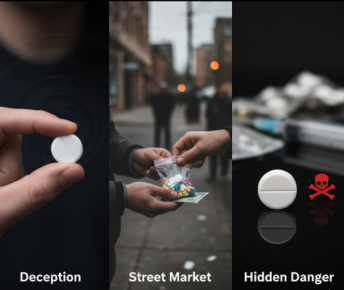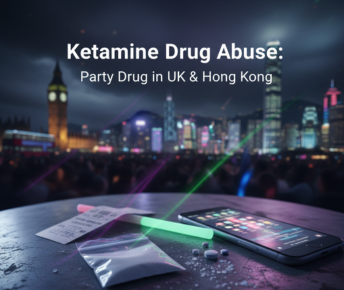Demographics and Statistics
The co-occurrence of ASD and SUD is a complex issue that is not yet fully understood. Research on this intersection is limited, and accurate statistics can be challenging to obtain due to the diverse nature of individuals with ASD and the variability of substance use patterns. However, studies suggest that individuals with ASD may be at a higher risk of developing SUD compared to the general population.
A study published in the journal "Autism Research" found that individuals with ASD have an increased vulnerability to substance abuse, including alcohol and other drugs. Another study in "Journal of Clinical Child & Adolescent Psychology" reported that adolescents with ASD were more likely to engage in substance use compared to their neurotypical peers. Although data is limited, these studies highlight the need for awareness and targeted interventions.
Challenges and Treatment Approaches
The co-occurrence of ASD and SUD presents unique challenges that require tailored treatment approaches. Individuals with ASD may struggle with communication, social skills, and sensory sensitivities, which can impact their engagement in traditional addiction treatment programs.
Some challenges include:
1.Communication Difficulties:Individuals with ASD may find it challenging to express their thoughts and feelings, which can hinder their ability to engage in therapy and express their experiences with substance use.
2.Sensory Sensitivities:Sensory sensitivities can make traditional therapy environments overwhelming for individuals with ASD, affecting their ability to participate in group sessions or other treatment modalities.
3.Routine and Predictability: People with ASD often thrive in structured and predictable environments. Disruptions in routine, common in addiction treatment, can be distressing and affect engagement.
4.Social Interaction:Social difficulties may lead to isolation, making it challenging for individuals with ASD to connect with peers in group therapy settings.
5.Coexisting Mental Health Conditions: Co-occurring mental health conditions, such as anxiety and depression, are common among individuals with ASD and can complicate substance use treatment.
Treatment approaches require a comprehensive understanding of both ASD and SUD, as well as adaptations to accommodate the unique needs of individuals with ASD.
Prevalence and Treatment Options
The prevalence of co-occurring ASD and SUD varies across different populations. In India, research specific to this intersection is limited. However, studies from the United States and other countries have indicated that individuals with ASD are at a higher risk of developing substance abuse issues. Treatment options for individuals with co-occurring ASD and SUD are evolving. Integrated approaches that address both disorders simultaneously are becoming increasingly recognized as effective.
These approaches may involve:
1.Adapted Therapy: Therapists with expertise in ASD can adapt therapy techniques to accommodate communication and sensory needs.
2.Behavioral Interventions: Behavioral therapies that address social skills, coping mechanisms, and emotional regulation can be beneficial.
3.Family Involvement:Involving family members in therapy and treatment planning can provide additional support and understanding.
4.Structured Environments: Creating structured and predictable treatment environments can help individuals with ASD engage in treatment more effectively.
5.Pharmacotherapy: Medications may be considered for managing co-occurring mental health conditions and reducing cravings associated with SUD. Samarpan Recovery Centre and Holistic Support Rehabilitation programs like Samarpan Recovery Centre in Pune recognize the importance of providing tailored treatment for individuals with co-occurring disorders.
Such centers offer holistic support that addresses the unique needs of individuals with ASD and SUD. By integrating therapeutic techniques, adapting environments, and incorporating family involvement, these programs strive to create a nurturing and effective recovery journey.
Conclusion
The co-occurrence of Autistic Spectrum Disorder and Substance Use Disorder presents a complex and multifaceted challenge. As research and understanding of this intersection continue to evolve, it is crucial to develop treatment approaches that consider the unique characteristics of individuals with ASD. Tailored interventions, supportive environments, and a holistic approach are essential to providing effective care. Rehabilitation programs like Samarpan Recovery Centre are playing a vital role in addressing this challenge and offering hope for individuals facing both disorders. By recognizing the complexity of co-occurring ASD and SUD and providing specialized care, we can pave the way for better outcomes and improved quality of life for these individuals.
























 Yes, many offer serene environments and solid therapeutic frameworks. However, quality varies, so it’s essential to research accreditation, staff credentials, and therapeutic depth.
Yes, many offer serene environments and solid therapeutic frameworks. However, quality varies, so it’s essential to research accreditation, staff credentials, and therapeutic depth.




